How is Delta 8 Made?
The hemp industry has seen an increase in popularity in recent years, thanks to the 2018 farm bill that allows the commercialization of hemp-derived products.
Delta 8 is just one of the many cannabinoids contained in the hemp plant. These products are naturally occurring, but D8 comes in just very small amounts, representing below 1% of the total of cannabinoids. Therefore, extracting it directly from the plant isn’t viable commercially.
This is why it has to be produced from CBD since they possess the same chemical formula, through a process called isomerization. Therefore, cannabis products are not the same as D8 products.
However, making D8 at home raises a potential concern to the FDA and the regulatory agencies since it may not have the purity required, meaning it may potentially be produced in ways that put the public health at risk.
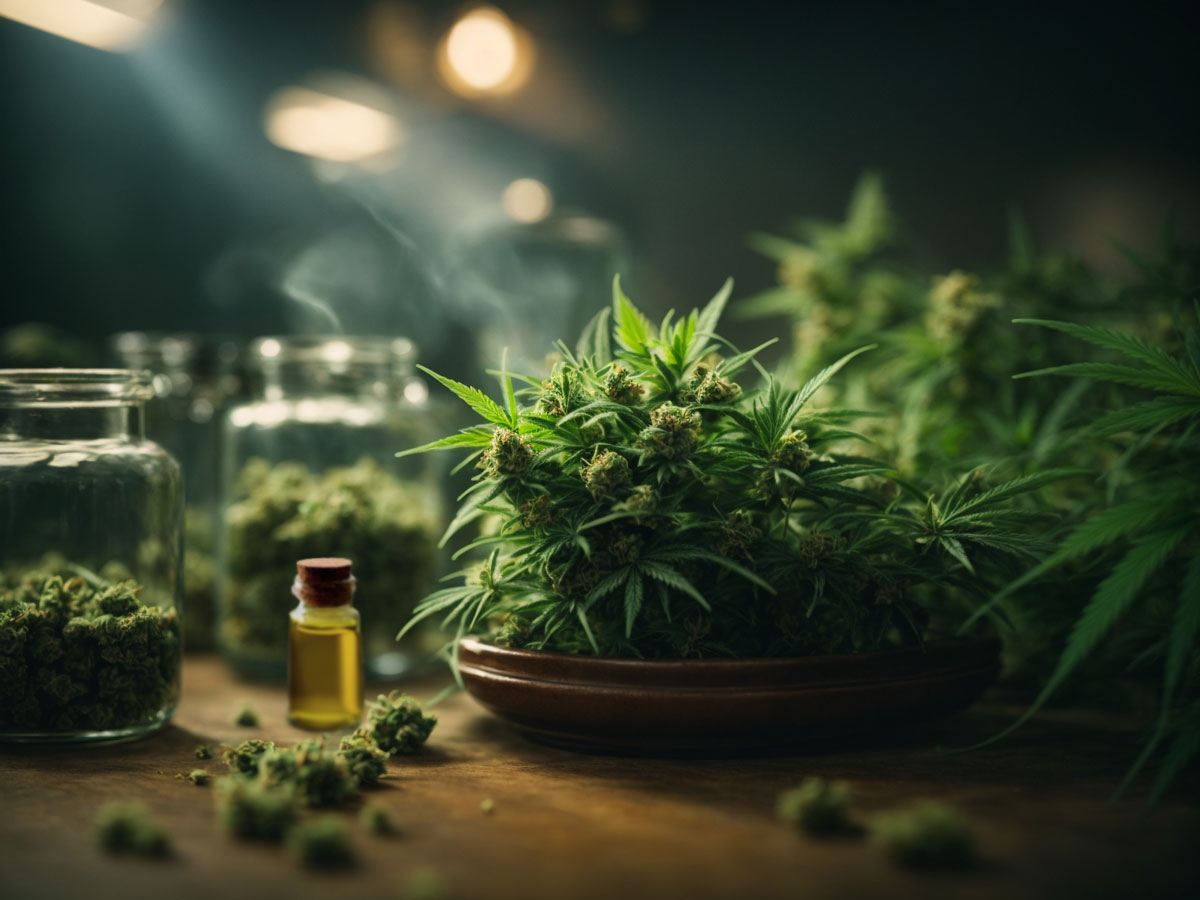

Key Takeaways
- Delta 8 is found naturally in the hemp plant and it can be obtained from different types of strains.
- Since D8 occurs naturally in trace amounts, it’s generally produced by converting CBD into Delta 8 through a process that involves extraction, isomerization, and refining.
- The most common method for obtaining Delta-8 is the solvent-based extraction.
- There is a variety of products made with Delta 8 such as gummies, cartridges, flowers, dabs, moonrocks, and distillates. Each one with a particular manufacturing process.
Which Plants Are Delta 8 Products Made From?
Delta-8 tetrahydrocannabinol, most commonly known as Delta 8, is found in the Cannabis Sativa plant, from which marijuana and hemp are also extracted. It’s one of the varieties of the cannabis plant and is also the most common one.
Nonetheless, another thing to know about delta 8 is that there are other strains from where it’s obtained, including Cannabis Indica, Bubba Kush, and Hybrid Strains, which are a combination of several of them.
Each strain has its own benefits and specific potency, as well as diverse effects, and this has caused an increase in THC and other emerging cannabis derived products that are available.
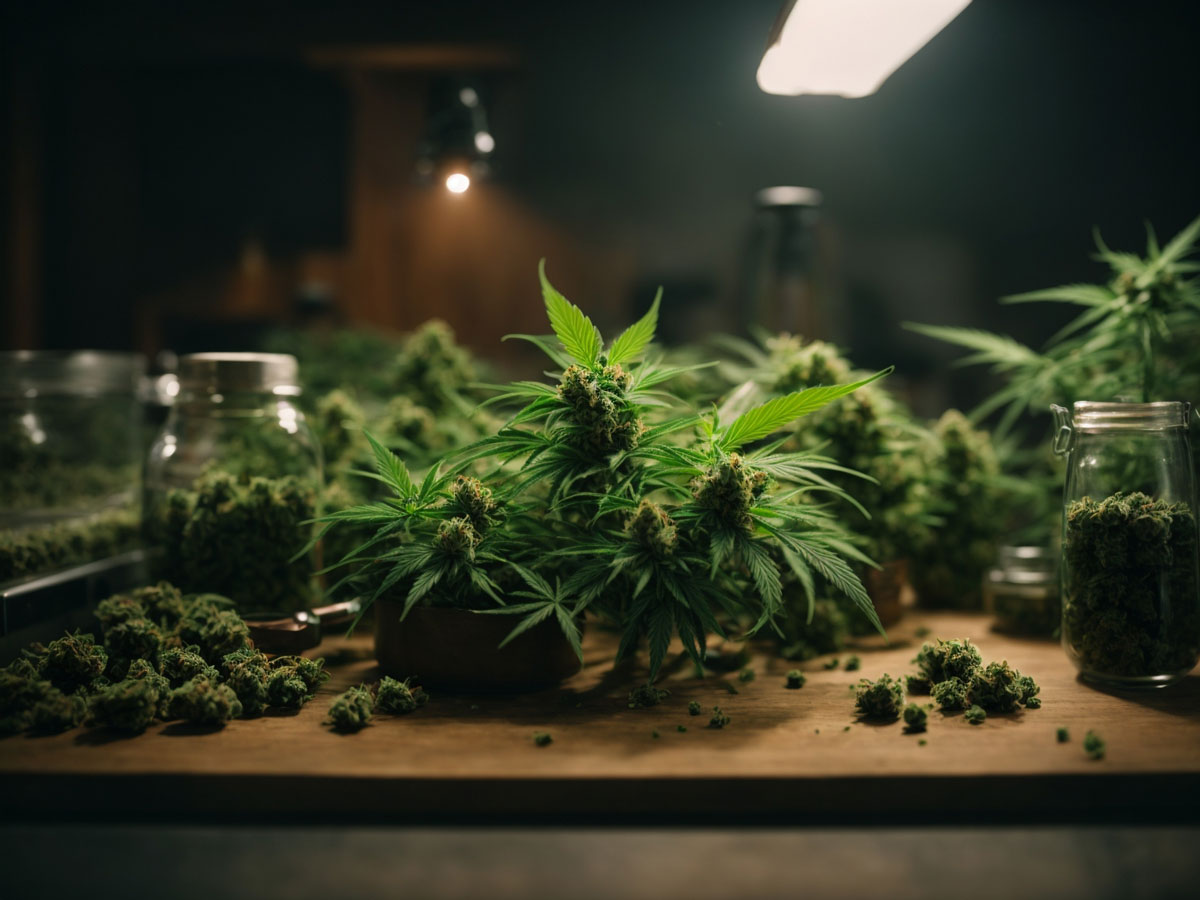
The Process of Creating Delta 8 in Lab
To create delta 8 products, it’s necessary to first go through a process of extraction, isomerization and refining. The first step is to extract CBD from hemp, then convert it to D8, after that the extracted material is refined to obtain a high-quality product.
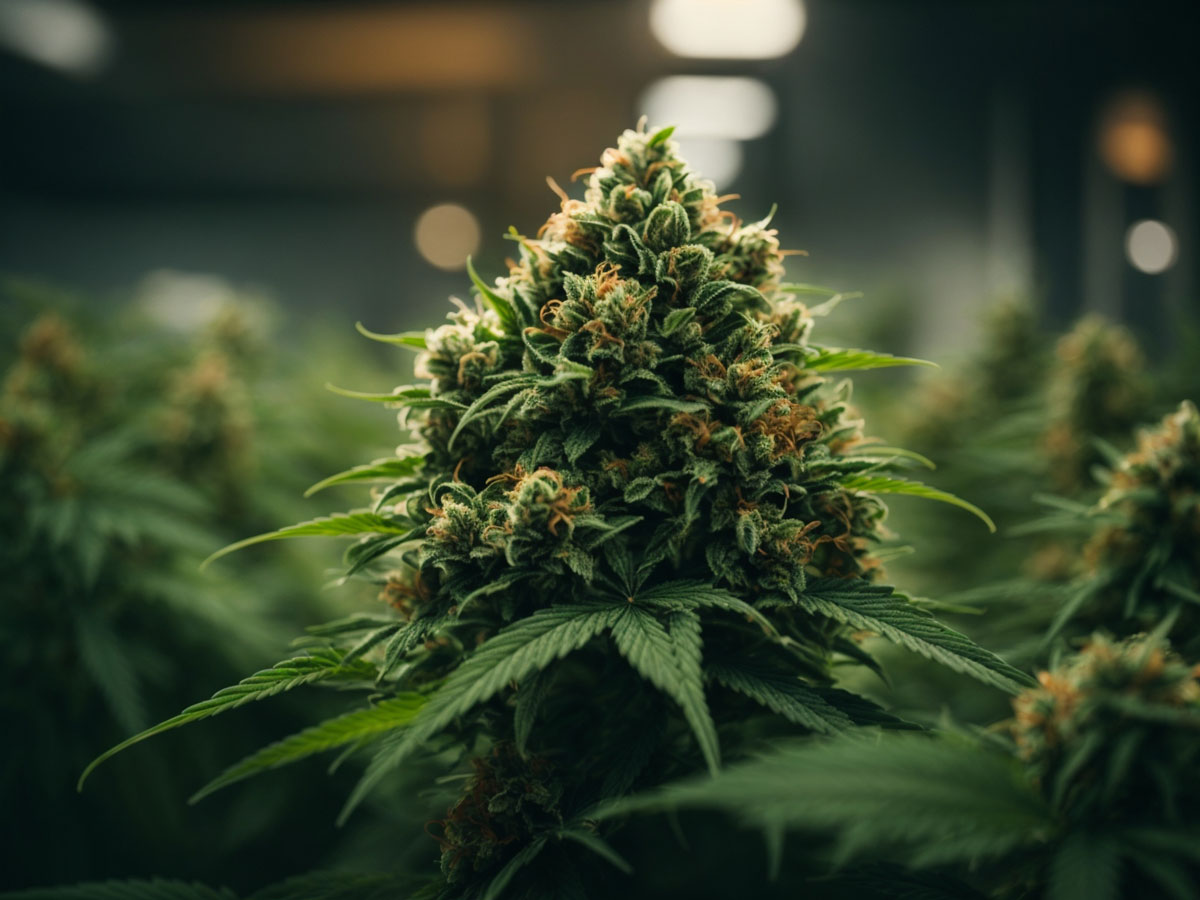
Step 1: How is Delta 8 Extracted?
How is delta 8 made? First, it is necessary to extract it from CBD. There are several processes used to obtain D8 from the hemp plant, and each one of them has its own advantages and drawbacks.
However, it’s necessary to ensure the right conditions during the extraction process to avoid troubles. This is why you have to take a closer look at the reaction or you may end up with a product that doesn’t suit your requirements or, worse, something that can cause adverse event reports such as an explosion or something worse.
When it comes to CO2 extraction, you have to deal with pressurized carbon dioxide, so it’s important to consider the safety issues and take the necessary precautions. Also, when it comes to solvent extraction, there are associated risks that you must manage to ensure the process is correct.
Depending on the extraction process, you will have to deal with high temperatures, since cannabinoids from hemp-derived CBD start to vaporize at 150ºC and separate.
To make delta-8 THC, the following processes can be used:
- Solvent-based extraction: It is required to use a solvent like butane, ethanol or other for the extraction, but this method is less preferred since it can leave toxic residue that can be harmful.
- CO2 extraction: this process to extract CBD involves using complex machinery to strip away cannabinoids with supercritical carbon dioxide. It’s highly effective and yields a potent concentrate.
- Fractional distillation: this costly process consists of varying temperature and pressure to isolate CBD from hemp grown plant material. It requires having a distillation column and managing the process variables very carefully.
- Oil extraction: this is another method to obtain D8 extracted from hemp, but is less popular because it’s less effective. It consists of using a base oil to heat it and remove the cannabinoid.
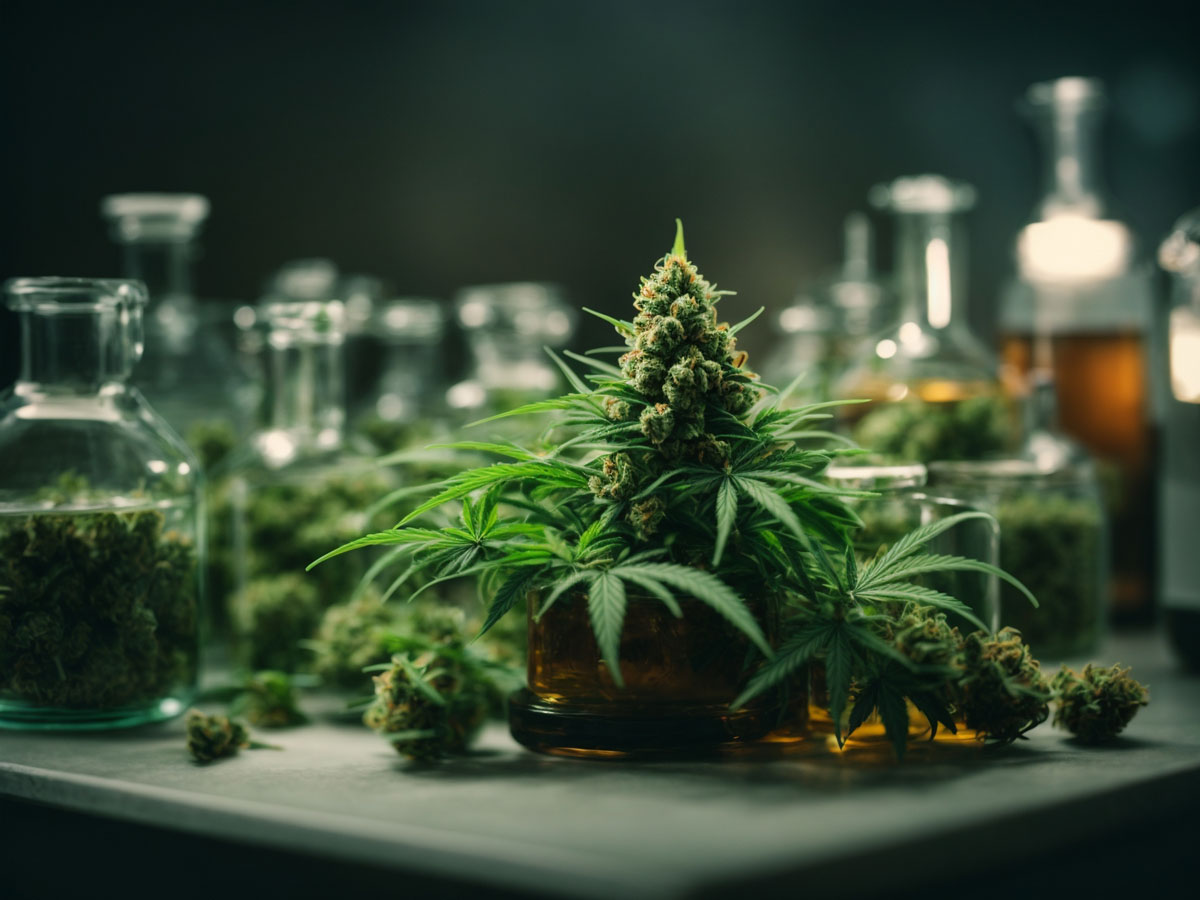
Step 2: What is the Isomerization Process of D8?
Once the extraction process is complete, the next step would be converting CBD to Delta 8, which can be achieved through an isomerization process. It’s a simple chemical reaction that makes it possible to obtain D8 by altering the chemical structure of molecules to form it.
The molecular formula of CBD is C21H30O2, which is the same as Delta 8, and that is why it’s called an isomer of CBD. But, when it comes to the molecular structure, they differ where the double carbon bond is located.
Thus, to transform CBD into Delta by isomerization, it’s necessary to use an organic solvent, which tends to be an acid that will serve as a catalyst for the reaction. Generally, p-toluenesulfonic acid is used.
It’s worth mentioning that when D8 is manufactured from hemp derived CDB through isomerization, it’s under aggressive conditions that involve strong acids, so the necessary precautions have to be followed to avoid accidents.
To obtain D8, the isomerization goes as follows:
- Dissolve CBD into the acid.
- Apply heat to the solution to induce the reaction.
- Leave the solution at room temperature for 3 hours. At this point, you would have obtained 2% D8.
- By letting the solution set for 72 hours, you would have obtained 54% D8 and 15% D9. This is because delta 9 THC is one of the compounds of the extracted material too.
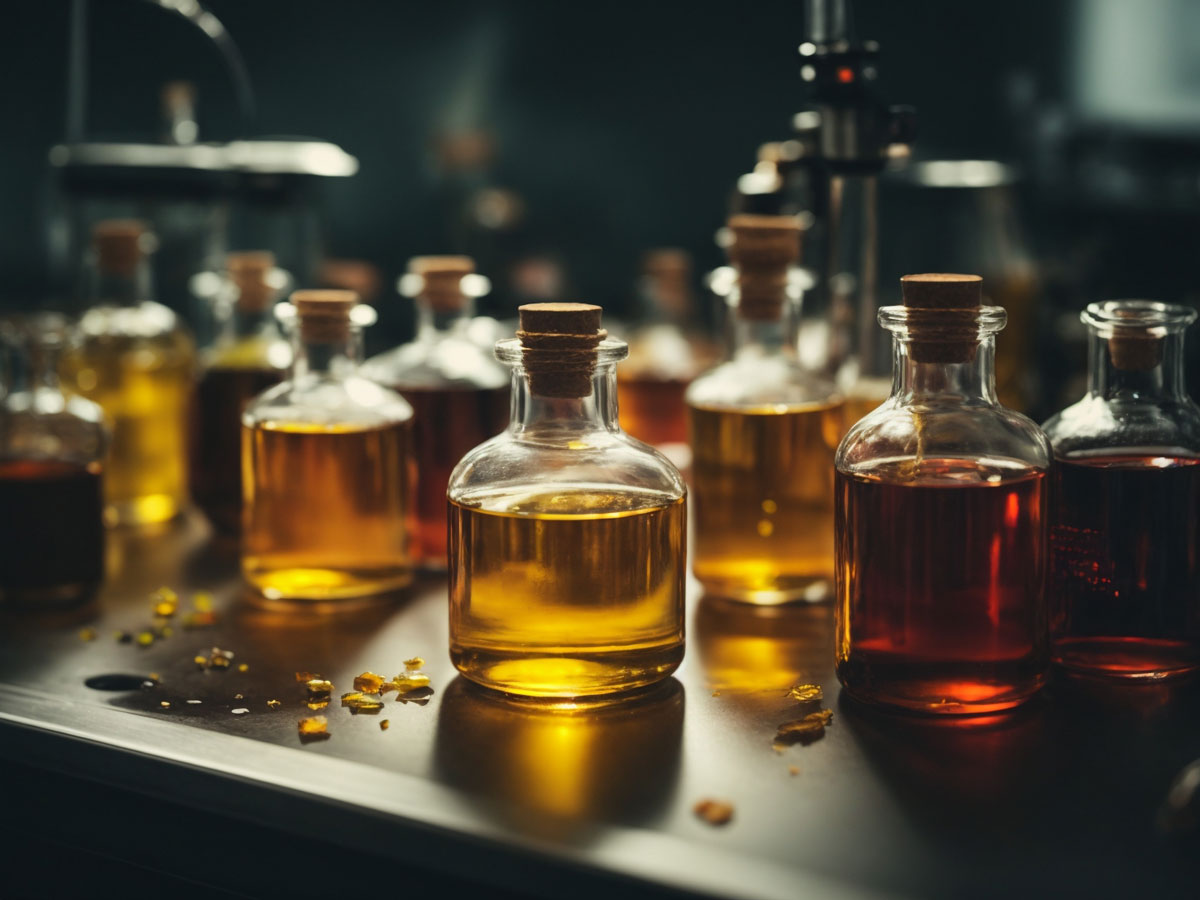
Step 3: Pure Delta 8: the Process of Synthesization
After the isomerization process, the last step to extract delta 8 THC products is to purify the substance. These are known as refining and purification techniques, which aim to produce a high-quality product by removing unwanted compounds and impurities.
Generally, to produce marketed delta there are refining processes that must be followed: distillation and chromatography.
By heating the extracted materialgummi through distillation, it’s possible to evaporate and separate pure D8 from other compounds based on the different boiling points of each one.
Chromatography allows eliminating impurities by separating them based on polarity, passing the extracted material through a column.
Lastly, it’s required to obtain the lab test results for the final product to ensure its purity, safety and potency.
Delta 8 Factories: How are the most popular products manufactured?
Making each D8 THC product has its own process and specific peculiarities. Although making these products on the market may seem easy, it involves having complete knowledge about technical and chemical matters to achieve a great result.
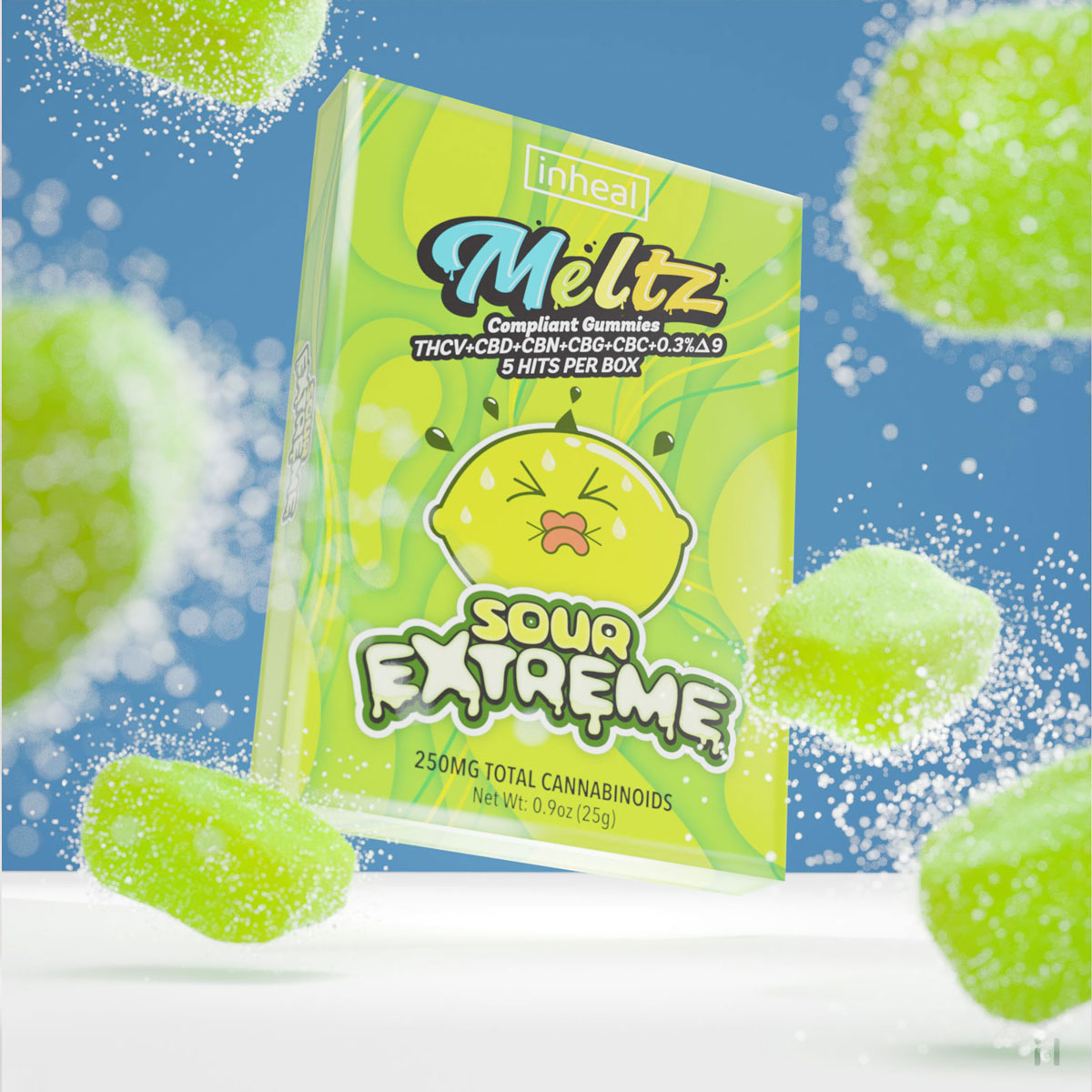
1. How Are Gummies Made?
To make delta 8 gummies, you need to use pure D8, and ensure it’s synthesized and purified. Making your own gummies can be easy, but it’s hard to measure the amount of D8 used, so you should be careful.
You only need a form of Delta 8 concentration (oil, tincture, etc.), water, sugar, corn syrup, vanilla extract and unflavored gelatin. You can also substitute sugar, corn syrup and vanilla concentrate for your favorite fruit juice and honey.
Heat the fruit juice in a saucepan and once it’s hot, add the gelatin and honey and stir the mix. Lastly, add the D8, depending on the potency you want the gummies to have, and pour the mix into a mold. Put it in the refrigerator for half an hour.
Homemade gummies with synthetic cannabinoid don’t last long, since you can keep them only for two weeks because they don’t have preservatives. Also, calculating the exact mg of D8 of each one can be difficult.
For this reason, it’s best to opt for buying gummies instead of making them in your home. Lastly, make sure to keep gummies away from children and pets, since many cases that have involved pediatric patients less than 5 years of age have been reported.

2. Cartridges and Pens
Vapes are a vaporizer device that contains D8 distillate that people use to vaporize it and inhale it. Sellers provide consumers with this product to offer a convenient way to smoke Delta 8 without going through the hassle of preparing their own joint.
Some cartridges are refillable, so people can use them for a long time, while other vapes are disposable, and these are the so-called pens.
Given that CBD is used to produce delta 8 THC, once it’s refined, the D8 is extracted and purified so it can be used to make cartridges and pens.
To build a vape, you need a mouthpiece, generally made of ceramic, a glass tube, an atomizing tube, the cartridge base and the pin. Although it may seem easy to assemble it, it’s necessary to have high precision because if you make a tiny mistake, it can leak oil or even not work at all.
For this reason, vapes are manufactured industrially and actively working with federal and state partners, to ensure they are resistant and safe. Thus, it’s not advisable to make your own cartridges and pens at home.
Make sure to check the FDA for safe use and precautions to avoid any accidents when using your pens.
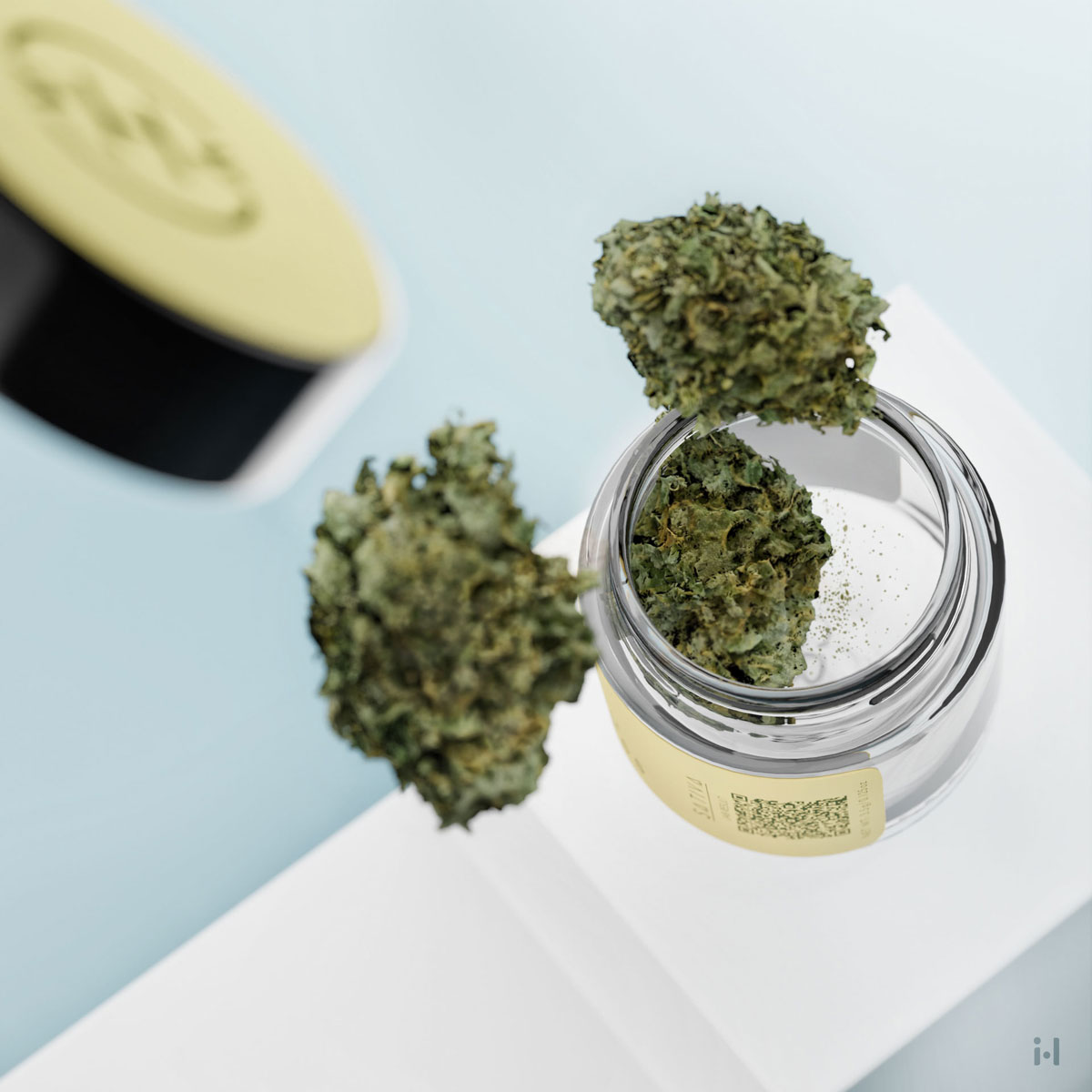
3. Making D8 Flowers
Delta-8 THC products are available from a wide array of processes, and among these, flowers are the least processed ones.
It’s worth mentioning that it is not possible to grow a D8 THC made flower. So, to make them, you need to infuse CBD flowers with D8 distillate. And once you smoke them, given that the D8 THC has psychoactive and intoxicating effects, you can feel the high.
One of the methods for making D8 flowers is by dipping. However, the result is a soggy flower that produces a thick smoke, which may be too harsh for some throats. The other method is by spraying the hemp flower with D8, which results in a less potent product.
The FDA will warn consumers about public health and safety when it comes to smoking D8 flowers since many of them are not produced under proper standards.
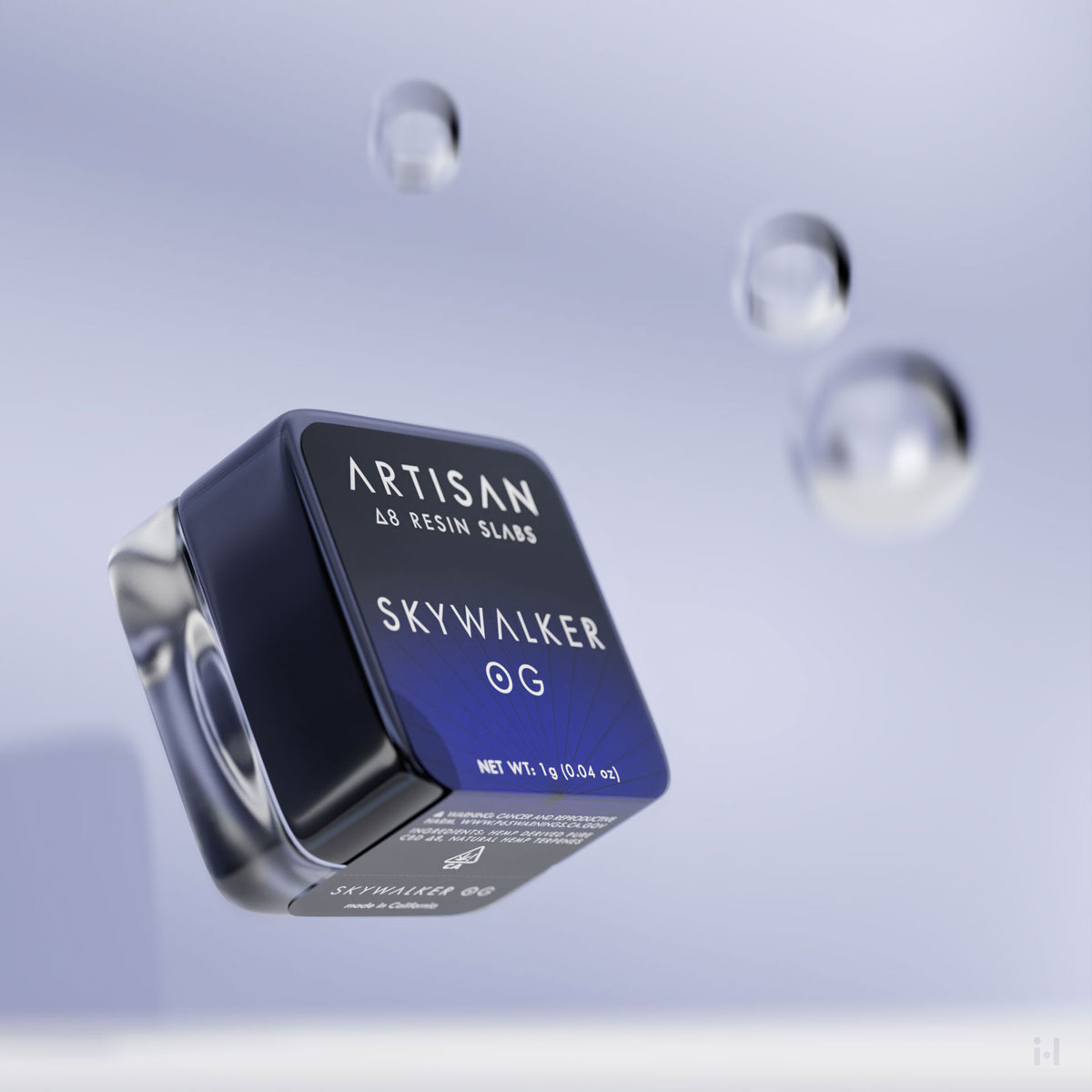
4. The Dabs Creation
Dabs are the most complex D8 product. These consist of a product with a waxy consistency, and many people prefer it because they are easier to handle and are more potent.
The method for creating dabs varies depending on the strain, but generally, it’s made by applying pressure and temperature to D8 concentrate until it coagulates and reaches a thick consistency. As a result, a more solidified material will be obtained. However, you need to have specialized equipment to make them, so manufacturing that may not be easy.
Poison control centers warn about the dangers of consuming too much D8, so make sure to know how to dose your dabs correctly. Also, it’s important to purchase them only from verified shops, as some sellers offer dubious dabs, and the danger lies in the fact that these products have not been evaluated and tested for safety.
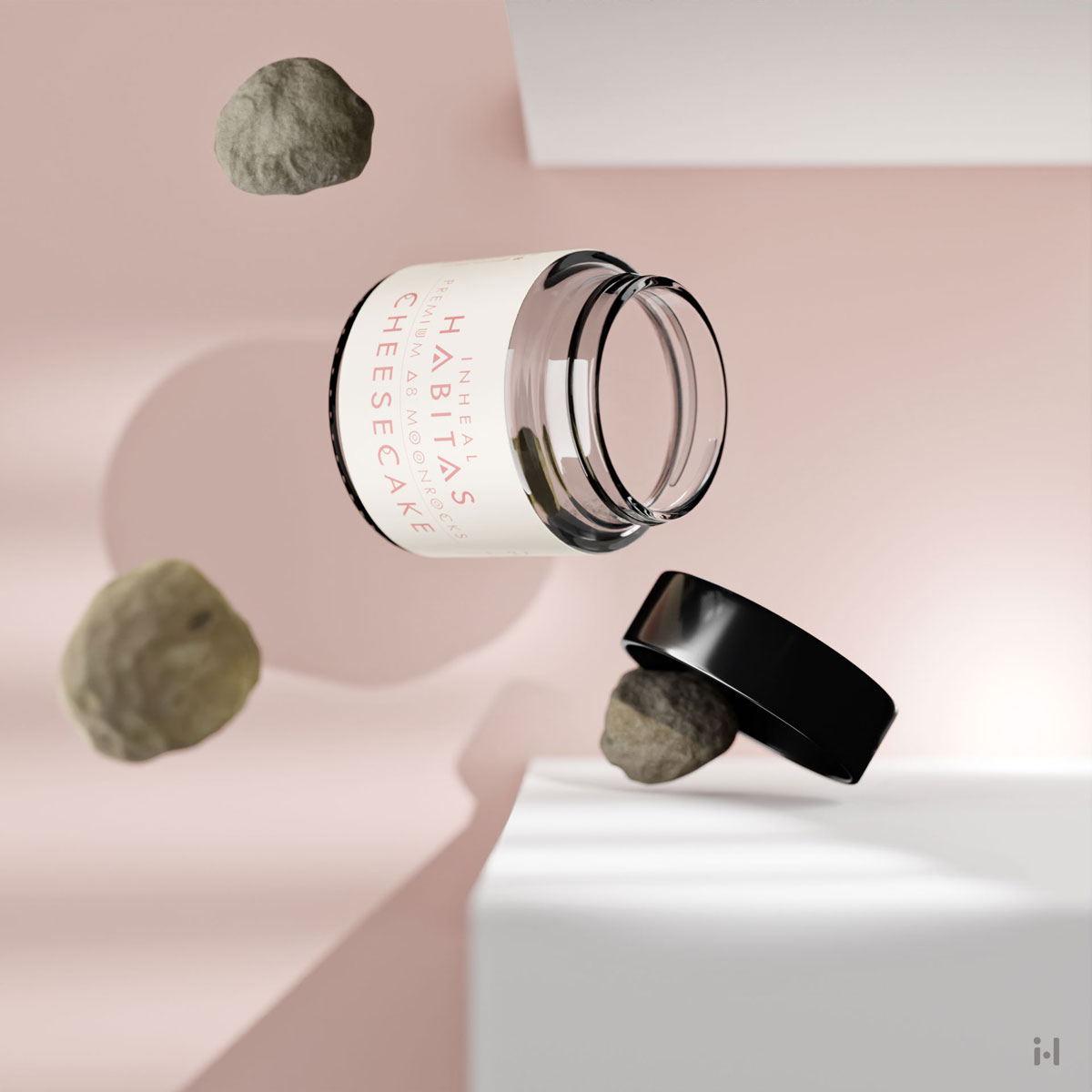
5. Manufacturing The Exotic Moonrocks
Moonrocks are among the most potent Delta 8 products because they contain a high concentration of the compound. This is why it puts into mind children’s concerns regarding contamination due to consumption of these products.
Although they may seem similar to flowers, moonrocks are more potent because they contain hemp kief and more D8 concentrate.
To make moonrocks, it’s required to coat the cannabis flower with D8 distillate and then dust it with hemp kief.
Since they are highly potent, if you have any doubts it’s better to ask your doctor to further address the concerns related to this product.
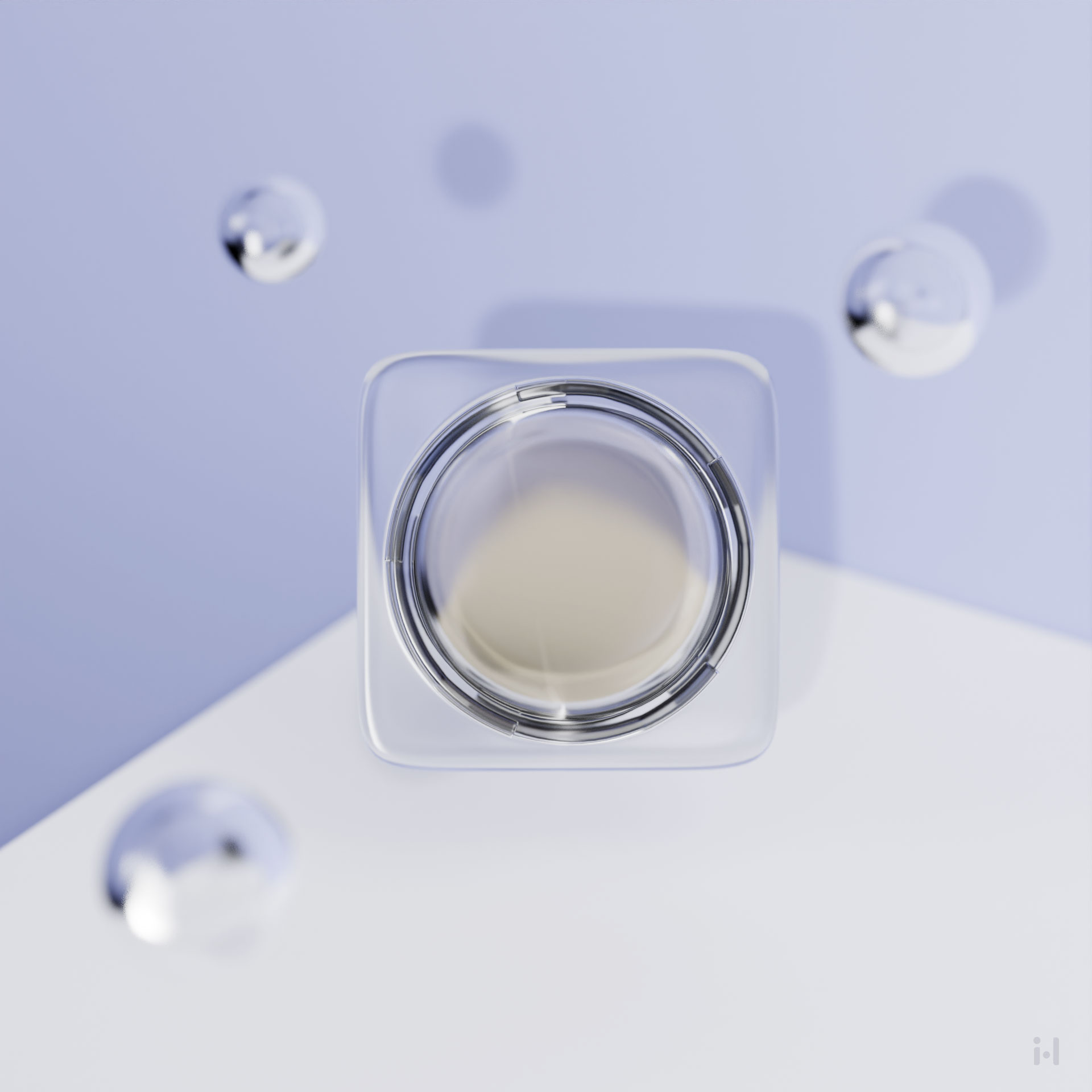
6. What is a Delta 8 Distillate?
As its name implies, the D8 Distillate is made through distillation of the compound obtained from the process. After the isomerization process, the extracted material is distilled to remove unwanted compounds.
This distillate is then sold and people can use it to create tinctures or add them to edibles, and, in some cases, to refill their vapes.
Distillates are federally legal, but making them by yourself can be complex if you don’t have the required lab material and knowledge. Thus, it’s best to purchase it from authorized sellers that can ensure third-party lab testing, which means it does not have any harmful or toxic compounds.
Also, they work by ensuring customer satisfaction and monitoring the market for product complaints to improve their processes.



